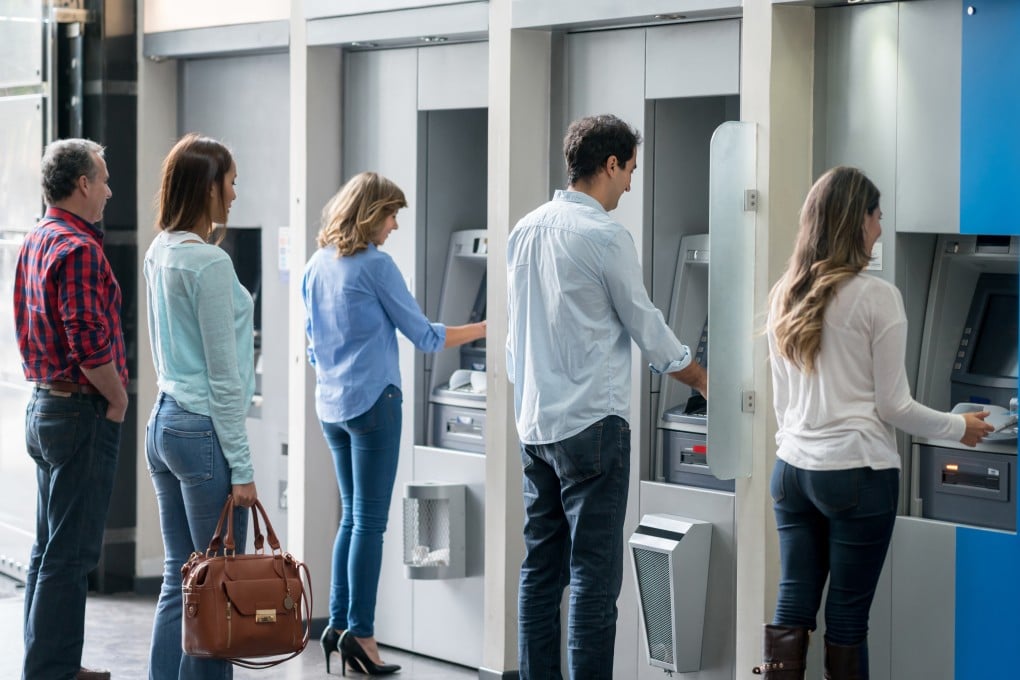To Queue or Not to Queue? New Model Focuses on Anecdotal Reasoning

[Sponsored Article]
HUANG, Tingliang | CHEN, Ying-Ju
Production and Operations Management, 24(5), 2015 778 - 790
On the phone trying to get through to a call center, queuing at an ATM… it’s all a part of daily life. But how do potential customers deal with this? Do they decide to join the queue? Do they switch to an alternative service provider that offers a shorter waiting time? On what do they base their decision?
Uncertainty and information scarcity typically make waiting a challenge for the average customer, and in these circumstances, they may rely on anecdotes from those who have used the service provider in the past.
Tingliang Huang and Ying-Ju Chen investigated service systems in which customers used anecdotes or samples to infer waiting time. The traditional approach in studying queues is to assume that customers are able to perfectly estimate the expected waiting time, but it makes a strong assumption. To circumvent this, they studied service models where customers do not have such full information, and devised a novel “anecdotal reasoning” framework to describe customers’ behavioral decision making. It captures that customers make decisions based on observed anecdotes or samples; they resort to asking former clients about their experience, and each one then decides whether or not to join the queue based on this information. If a customer has heard that the waiting time is short, she believes she, too, will not wait for long, but if she has been told that it is a lengthy wait, she may shy away from the service provider.
The model considered a single-server queueing system, such as that used in a call center or a make-to-order firm, where customers are served on a first-come first-served basis, and upon “arrival” (either physically or by getting through on the phone, for example), each customer decides whether or not to join the queue. The researchers obtained the customer’s “joining probability,” which is interpreted as the fraction of customers who will join the queue.